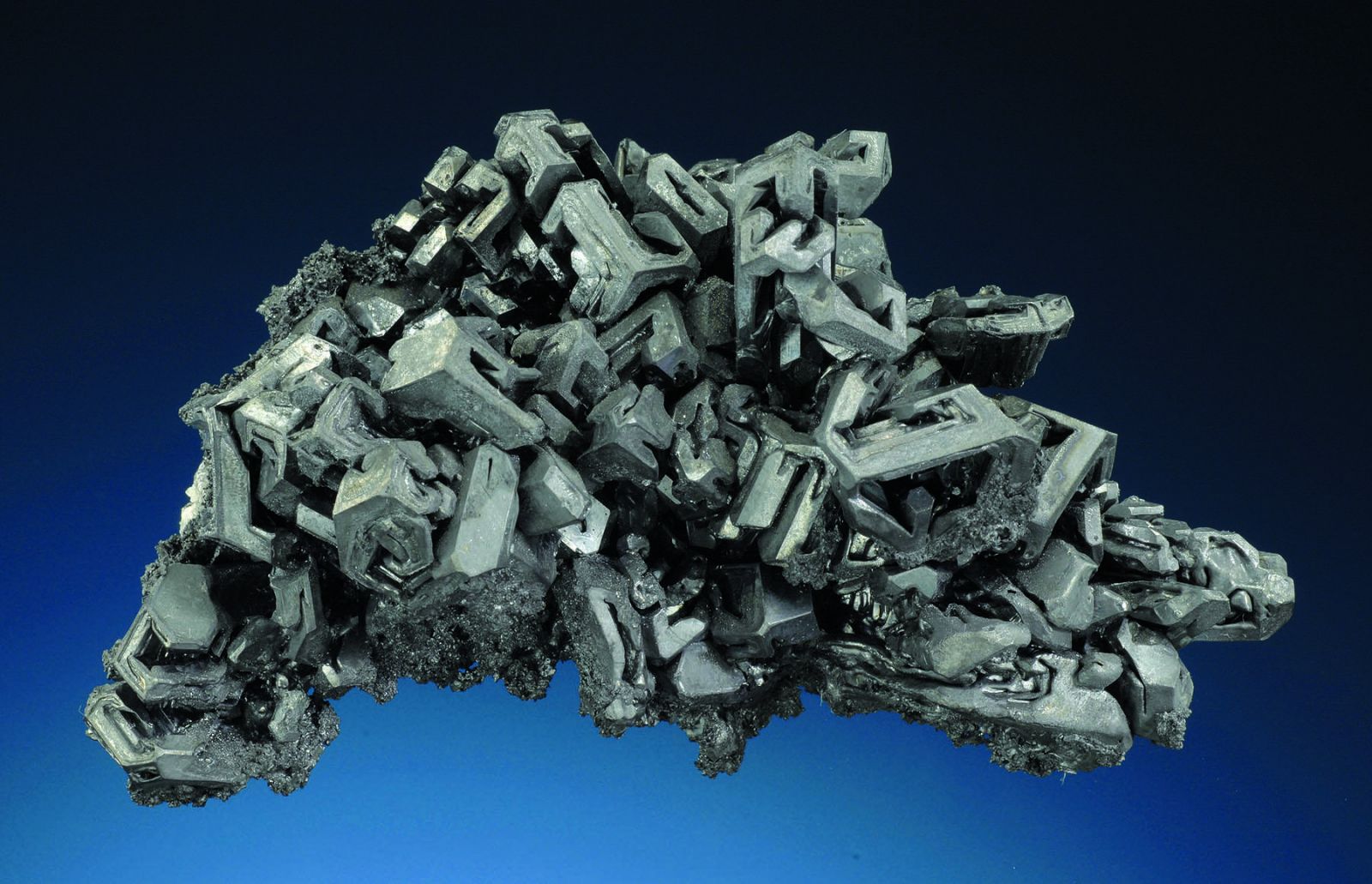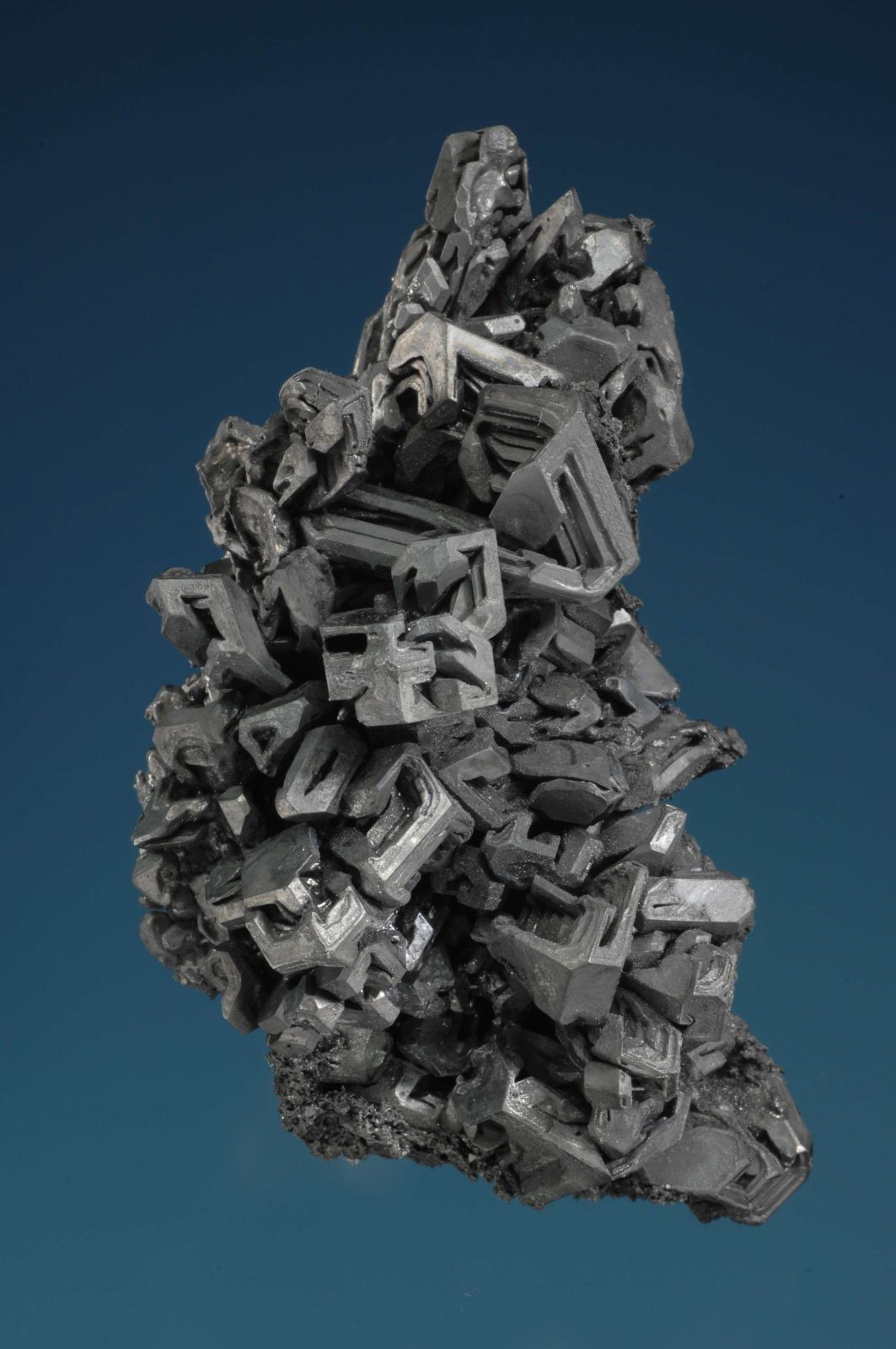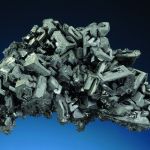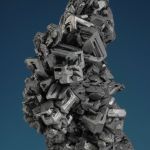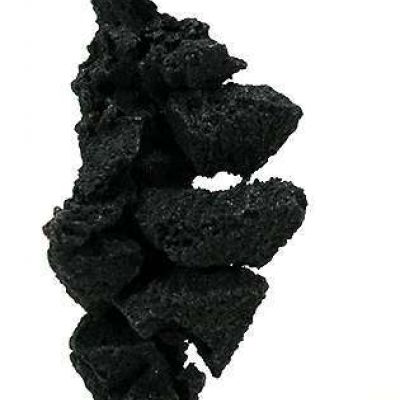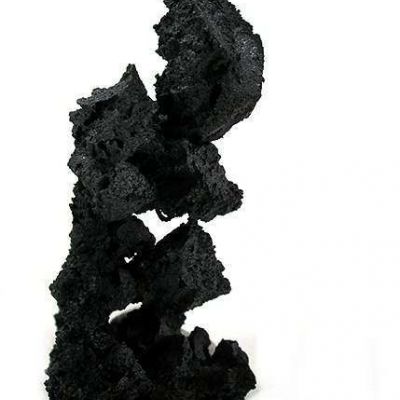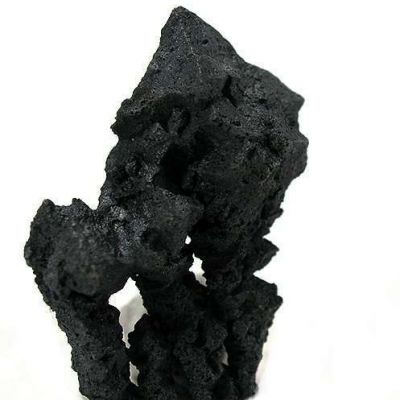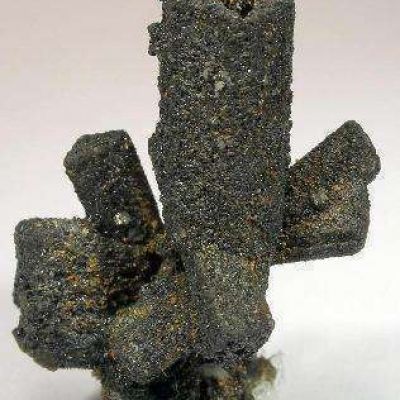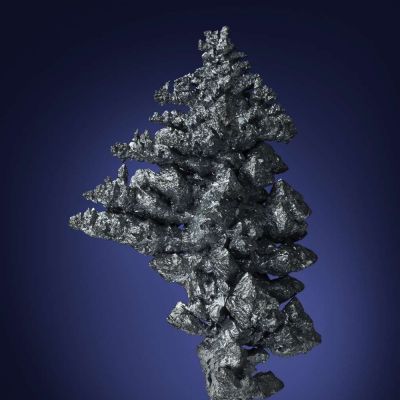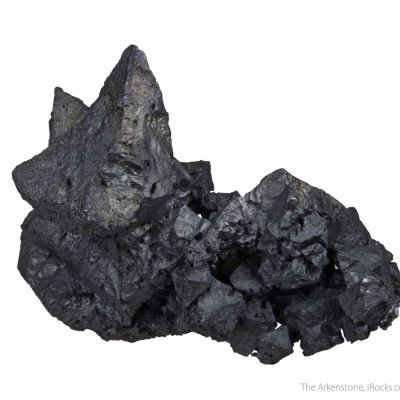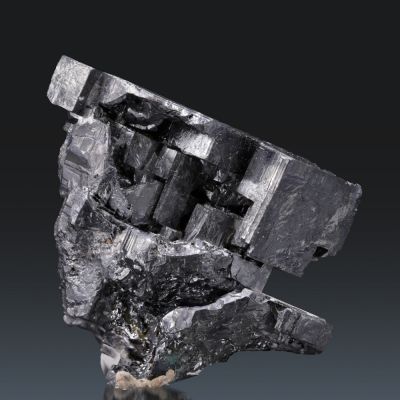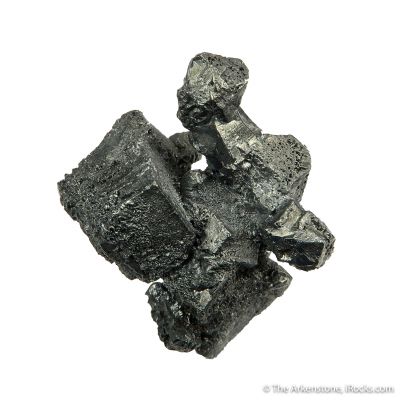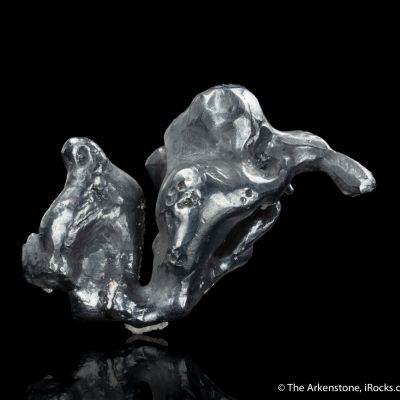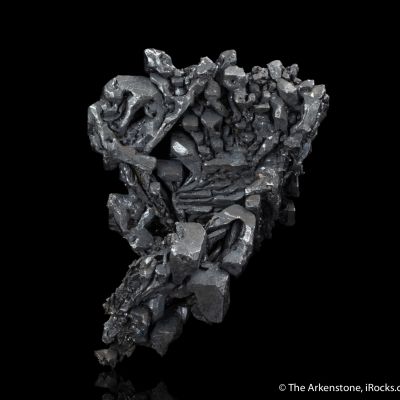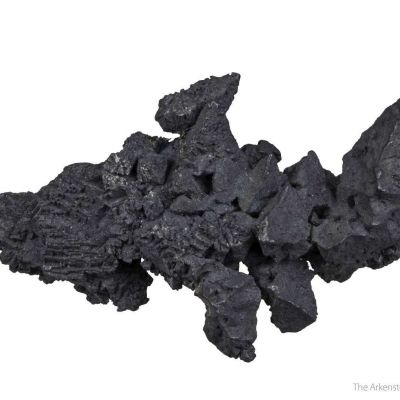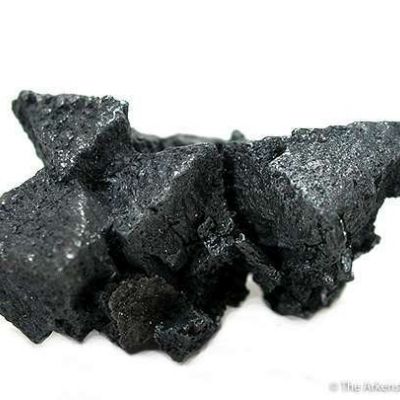- ROMERO-53
- Acanthite
- Las Chispas Mine, Arizpe, Sonora, Mexico
- Cabinet, 12.0 x 8.0 x 7.0 cm
- Ex. Dr. Miguel Romero
- SOLD
It was an honor to hold this piece...my hands have seldom trembled, but it was humbling to be entrusted with such an incredible specimen. It is hard to appreciate this piece, until held in the hand. It has such dimensionality, such geometry, that it looks man-made and like no other acanthite I have seen in nature. It is an order of magnitude more important and impressive than any other Mexican acanthite I have seen, excepting only the famous Houston Museum specimen. And, for a "black mineral" it has remarkable aesthetic and display impact. The piece is simply mesmerizing....and note, this is not my own opinion only, but shared by many others who have seen the specimen over the decade it was on loan to a public museum; and by many collector specialists who know far more about silver species than I do. In fact, I have heard many collectors pronounce this to be the finest example of acanthite from ANY locality, as Dr. Terry Wallace and Dr. Wendell Wilson convey in the Romero Collection book where they add: This specimen is widely regarded as the finest example of the species in existence. It was originally collected by (mine owner) John Pedrazzini around 1890 and may have been among the spectacular specimens that he exhibited at the 1893 World's Columbian Exposition in Chicago.He eventually presented it to Mexican mineralogist Prof. Eduardo Schmitter Villada (1904-1982), who later gave it to Migrual Romero (as a gift to his former graduate student). Mining here ceased in 1930. This cabinet-sized specimen is considered to be one of the greatest treasures of the Romero collection. Some people who have seen the collection ranking this even ahead of the famous Aztec Sun legrandite in importance and beauty! Once a core specimen on display in both his museum, and later for a decade in the University of Arizona Mineral Museum on loan from the Romero family. Featured in the book on Romero's collection, on page 18. Jeff Scovil photo
